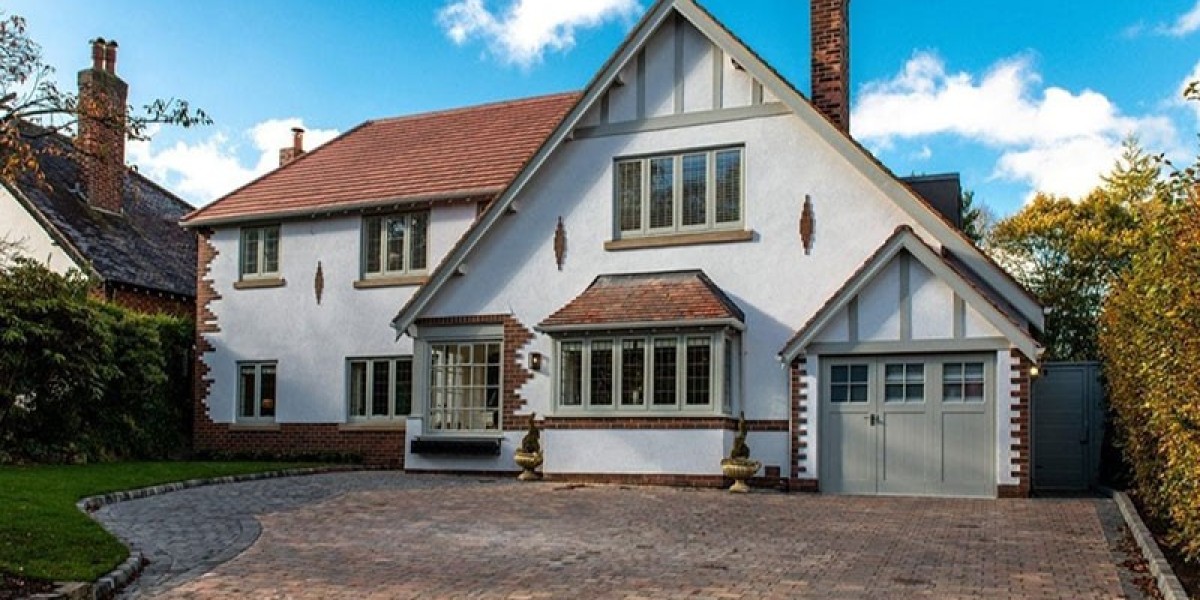Window installation is a critical aspect of home improvement that not only enhances the aesthetic appeal of a property but also improves energy efficiency and overall comfort. This report aims to provide a detailed overview of the window installation process, types of windows, tools required, steps involved, and considerations for homeowners.
Types of Windows
Before diving into the installation process, it is essential to understand the different types of windows available. The most common types include:
- Double-Hung Windows: These windows have two sashes that slide vertically. They are popular for their traditional look and ease of cleaning.
- Casement Windows: Hinged at the side, these windows open outward, providing excellent ventilation and unobstructed views.
- Sliding Windows: These consist of two or more sashes that slide horizontally. They are easy to operate and are ideal for wide openings.
- Awning Windows: Hinged at the top, these windows open outward, allowing for ventilation even during rain.
- Bay and Bow Windows: These are protruding windows that create a nook inside the house. They add space and natural light.
- Picture Windows: Fixed windows that do not open, designed to provide an unobstructed view.
Tools and Materials Required
To successfully install windows, several tools and materials are necessary:
- Tools:
- Level
- Screwdriver (flathead and Phillips)
- Hammer
- Utility knife
- Pry bar
- Caulking gun
- Safety goggles
- Ladder (if necessary)
- Materials:
- Shims
- Insulation (foam or fiberglass)
- Caulk
- Screws and nails
- Flashing tape
Steps Involved in Window Installation
The installation process can be broken down into several key steps:
1. Preparation
Before starting the installation, it is crucial to prepare the work area. Remove any window treatments, furniture, or obstacles near the window. Ensure that you have all the necessary tools and materials on hand.
2. Remove the Old Window
To remove the old window, begin by taking out the interior trim using a pry bar. Carefully detach the window sashes and remove any screws holding the window frame in place. If the window is painted shut, use a utility knife to cut through the paint. Once the frame is loose, gently pull it out of the opening.
3. Inspect the Opening
After removing the old window, inspect the opening for any damage or rot. Repair any issues before proceeding. Ensure that the opening is square by measuring the width and height at the top, middle, and bottom. Adjust as necessary.
4. Prepare the New Window
Before installation, check the new window for any defects. It is essential that the window fits snugly into the opening. If adjustments are needed, do so before proceeding.
5. Install the New Window
- Dry Fit: Place the new window into the opening without securing it to ensure a proper fit.
- Level and Shim: Use shims to level the window. Insert shims at the sides and bottom to ensure the window is plumb and square. Check with a level to confirm.
- Secure the Window: Once the window is level, secure it in place using screws or nails through the frame into the wall studs. Be careful not to overtighten, as this could warp the frame.
- Insulate: Fill any gaps between the window frame and the wall with insulation. This step is crucial for energy efficiency.
- Caulk: Apply caulk around the exterior perimeter of the window to prevent water infiltration. Use a caulking gun for a clean application.
6. Replace Interior Trim
After securing the window and sealing it, replace the interior trim. Use a level to ensure that the trim is straight. Nail it in place and fill any nail holes with wood filler.
7. Final Touches
Once the trim is in place, paint or stain it as desired. Reinstall any window treatments and clean the glass to remove fingerprints or debris.
Considerations for Homeowners
- Energy Efficiency: When selecting new windows, consider energy-efficient options. Look for windows with a high Energy Star rating, low-E coatings, and double or triple glazing.
- Building Codes: Check local building codes and regulations before installation. Some areas may require permits for window replacements.
- Professional Help: While DIY installation is possible, hiring a professional can ensure a proper fit and finish. Professionals can also provide warranties and guarantees on their work.
- Seasonal Timing: The best time for window installation is during mild weather. Extreme temperatures can affect the materials and installation process.
- Maintenance: After installation, regular maintenance is essential to prolong the life of windows. This includes cleaning, checking seals, and repainting or refinishing wood frames as needed.
Conclusion
Window installation is a valuable investment for homeowners looking to enhance their property’s aesthetic appeal and energy efficiency. By understanding the types of windows available, the tools required, and the steps involved in the installation process, homeowners can make informed decisions. Whether opting for a DIY approach or hiring professionals, ensuring proper installation will lead to long-term benefits and satisfaction.








